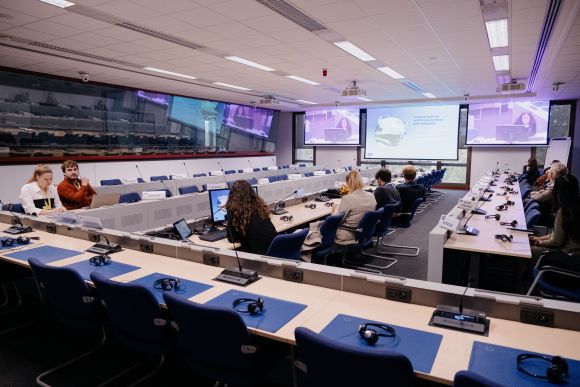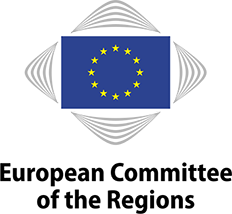
The number of wildfires in the Mediterranean has been steadily increasing since the 1970s. The past few years have experienced a record amount of fires. According to the European Forest Fire Information System’s annual report, in 2022, of the over 900, 000 hectares burnt in the EU, 640 000 were burnt in the Mediterranean - almost the size of Azerbaijan.
Thanks to the European Union, systems like the Civil Protection Mechanism or the European Forest Fire Information System are at the disposal of local and national governments. But even with these safeguards in place, wildfires in 2022 caused two deaths, an economical loss of 2 billion euros, and a displacement of around 43.000 people.
Lucia - a native from Andalucia said: “Doñana National Park has one of the greatest wildlife and biodiversity of Europe, and it's a breeding place for a lot of birds from Africa and from our region. In 2017, a wildfire affected a lot of the Huelva province, and Doñana National Park. We almost lost a lot of the unique species that live there."
“We also have the Iberian lynx, an endangered species that only lives there. The ecosystem that holds these species was endangered and almost destroyed. It took almost seven years to come [close] to the same [environmental state] we were before that wildfire,” she said.
Prevention is important not just because of the environmental and monetary losses wildfires can cause, but because they produce massive amounts of CO2, further heating the atmosphere, potentially leading to more wildfires happening.
According to the Copernicus Atmosphere Monitoring Service: the total emission of CO2 in 2008 by wildfires was around 4 megatonnes. In 2017 the number went up to 13 megatonnes and in 2022, a total of 20 megatonnes of C02 was released.
The Fire Free Med (FRED) project wants to implement drones in Portugal, Croatia, Italy, Montenegro, Bosnia and Herzegovina, Slovenia and Greece to detect and prevent the increasing amount of forest fires in the Mediterranean. One of the project initiatives is a platform that is able to predict fire hazards and aid firefighters in their battle against the destructive flames.
Sara Balcázar, a consultant from energy management advisory organization IrRADIARE said: “Some fire brigades already have their own drones and their own satellites, so they can be very useful for real-time data, because sometimes they don't have enough of it. Sometimes, when you have a fire, ten seconds or one minute can be definitive to mitigate the outcome. So if we can have the data in advance and know where the fire is starting, with the platform mentioned above, we can foresee how it's going to propagate.”
The main aim of the project isn’t only fire prevention and mitigation, but also building and sharing these strategies with all the countries that might need them, especially in the Mediterranean area. The project is still very much underway, and according to Sara Balcázar, until it's finished, its main focus will remain on the Mediterranean, and the European continent. Additionally, after the completion of the project, they hope to share the results and the methods of mitigating wildfires with other Mediterranean, non-European countries as well.
An audio version of this piece is available here.
By Venta Ilva Stūris and Kerekes Ákos



